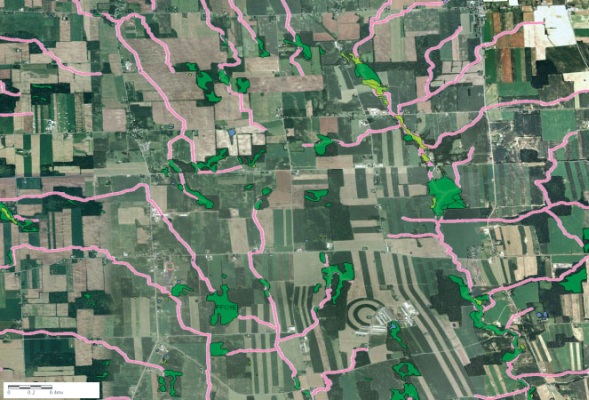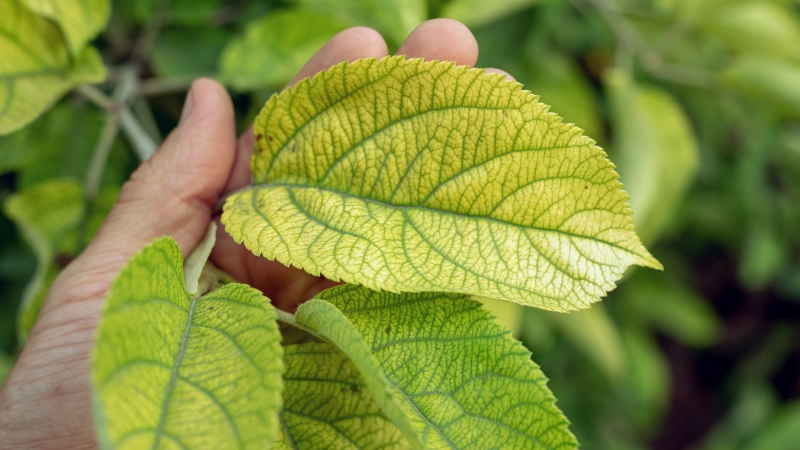Farmers In 37 States Subject To Additional Federal Regulations

Elizabeth McCartney, Senior Policy and Advocacy Manager for the Irrigation Association
As of Aug. 28, farmers, ranchers, and growers in 37 states are now subject to additional EPA enforcement under the Waters of the United States (WOTUS) final rule. The intent of the clean water rule, which stretches EPA’s authority beyond navigable waterways, was to clarify EPA’s jurisdiction in regulating the Clean Water Act.
However, since first released in draft form in April 2014, agriculture groups have been vocal in their opposition to the rule because of the uncertainty and economic burden it would create. A federal judge in North Dakota agreed with criticisms of federal overreach and blocked the new rule from taking effect in 13 states.
Increased Federal Control
While farmers want clean waterways, one major issue with the clean water rule is its departure from a historical state-federal partnership to oversee water quality. The new rule goes beyond the federal protection of waterways established in the Clean Water Act and establishes increased federal control over how farmers, ranchers and property owners can use their lands.
EPA has stated that, as a result of the rule, an additional 3% of the country’s land would fall under federally controlled waterways, many of which are already under the jurisdiction of state and local regulations. With the addition of burdensome federal regulations, landowners may now have to deal with a crippling permit process and to check with the federal government before using their own lands.
The American Farm Bureau Federation recently released a series of maps showing the radical expansion of EPA’s jurisdiction over land use. The uncertainty around which of these lands will require a permit and the possibility of projects being tied up in an EPA approval process could be costly for farmers who already have a short window for planting season. While the exemptions for agriculture activities included in the Clean Water Act remain, the broader definition of “waters of the U.S.” in the rule may impact farming activities if areas previously not considered a “navigable” waterway on a farmer’s property now fall under EPA jurisdiction.

This map highlights areas in New York that are “automatically regulated adjacent waters” which includes all “waters,” including wetlands, that lie even partially within a 100-foot buffer (pink shading) around all perennial, intermittent and ephemeral tributaries. Source: American Farm Bureau Federation; Mapping completed by Geosyntec Basemap imagery copyright ESRI
States Sue To Block Rule
More than half of the states have sued to block the EPA rule and many of these lawsuits, along with suits from other agriculture and business groups, are still pending. The 13 states not currently subject to the clean water rule as a result of the North Dakota court decision include: Alaska, Arizona, Arkansas, Colorado, Idaho, Missouri, Montana, Nebraska, Nevada, New Mexico, North Dakota, South Dakota, and Wyoming.
In addition to action in the courts, Congress is also pushing back on the rule. Many states, farm groups, and members of the Waters Advocacy Coalition, including the Irrigation Association, continue to support the Federal Water Quality Protection Act (S. 1140), which would require the EPA to withdraw the new rule. The bill would direct EPA to develop a more reasonable rule with greater input from other stakeholders, including industry groups. Action on this bill is still expected in the Senate, and the House completed a bipartisan vote to block the clean water rule in May.










